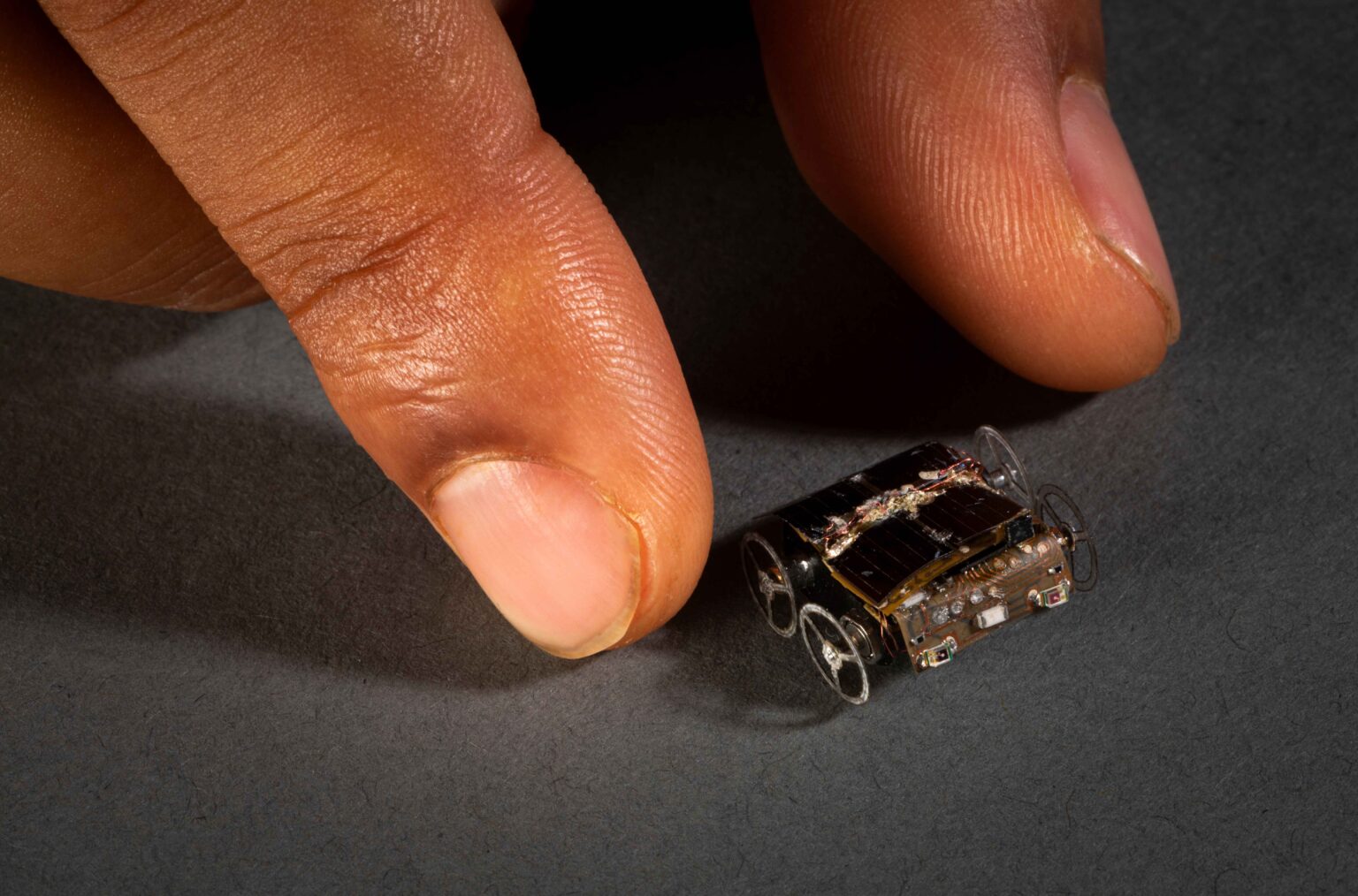Seismologists at Caltech are working with optics experts at Google for developing a way to track deadly tsunamis and earthquakes. For this, they are not using any special equipment, but existing underwater telecommunication cables.
Earthquakes and tsunamis are very devastating and frightening natural disasters. But at present, we have no way to reliably predict these two. Installing, monitoring, and performing underwater seismographs is very difficult and expensive.
However, currently 99 percent of all overseas data transmission goes by undersea cables. Except for the high polar regions, the oceans are crisscrossed with a vast network of fiber-optic cables. So, researchers are planning to use these submerged cables to monitor seismic activity.
This technique could help in converting the majority of submarine cables into geophysical sensors.
Zhongwen Zhan, an assistant professor of geophysics, said, “This new technique can really convert the majority of submarine cables into geophysical sensors that are thousands of kilometers long to detect earthquakes and possibly tsunamis in the future,” says Zhan.
“We believe this is the first solution for monitoring seismicity on the ocean floor that could feasibly be implemented around the world. It could complement the existing network of ground-based seismometers and tsunami-monitoring buoys to make the detection of submarine earthquakes and tsunamis much faster in many cases.”
Researchers used traffic data from one of the optical fibers to measure changes in pressure and strain in the cable. If the cable is undisturbed, the laser pulses will remain properly polarized. But, if the cable is disturbed, the polarization changes.
Using this data, they could detect earthquakes or large ocean waves.
Over nine months, the team recorded around 30 ocean storm swell events and around 20 earthquakes over magnitude 5.
Researchers are now developing a machine learning algorithm so that cables can be monitored automatically.







